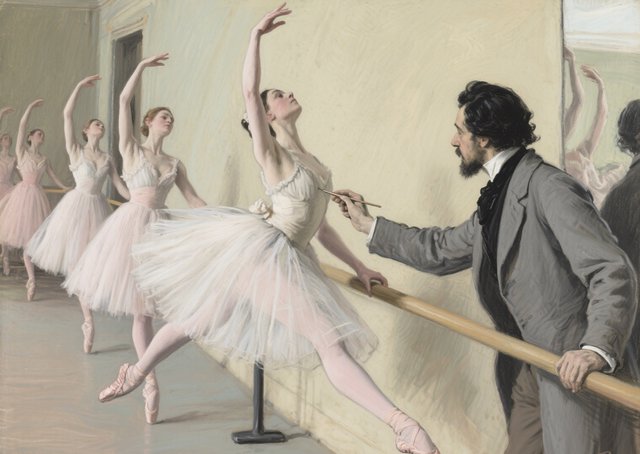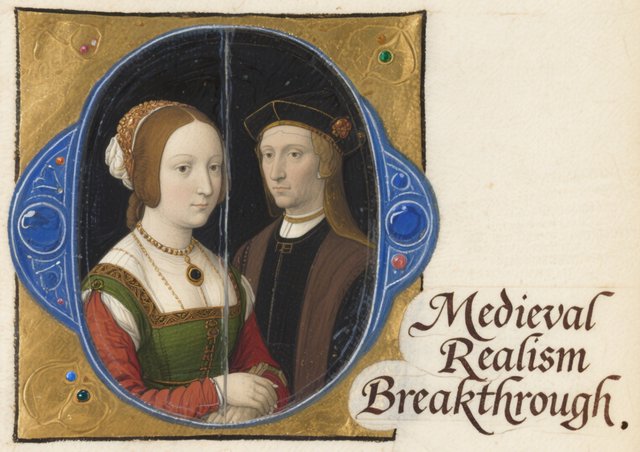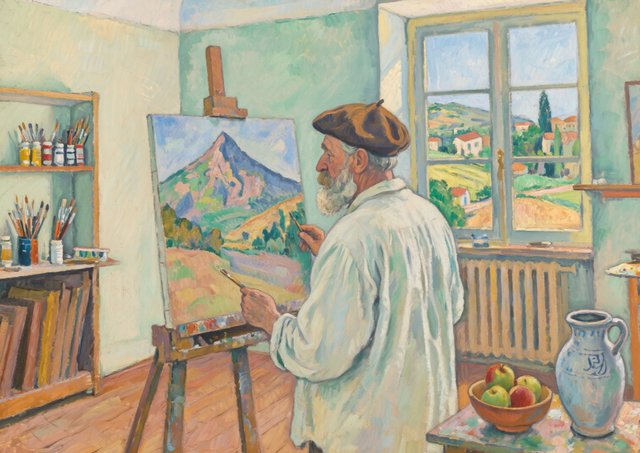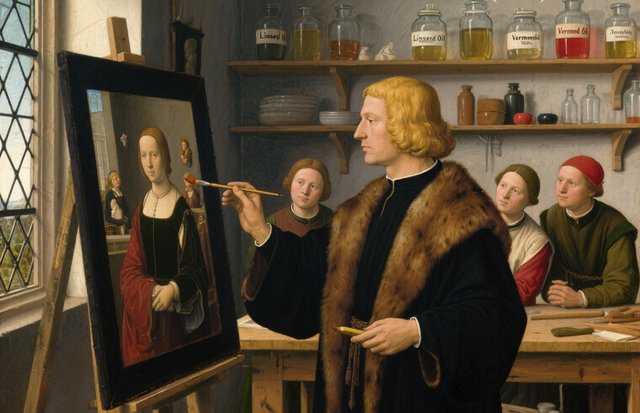10 Oldest Surviving Oil Paintings—You Won’t Believe Their Age (No. 3 Shocks Experts)
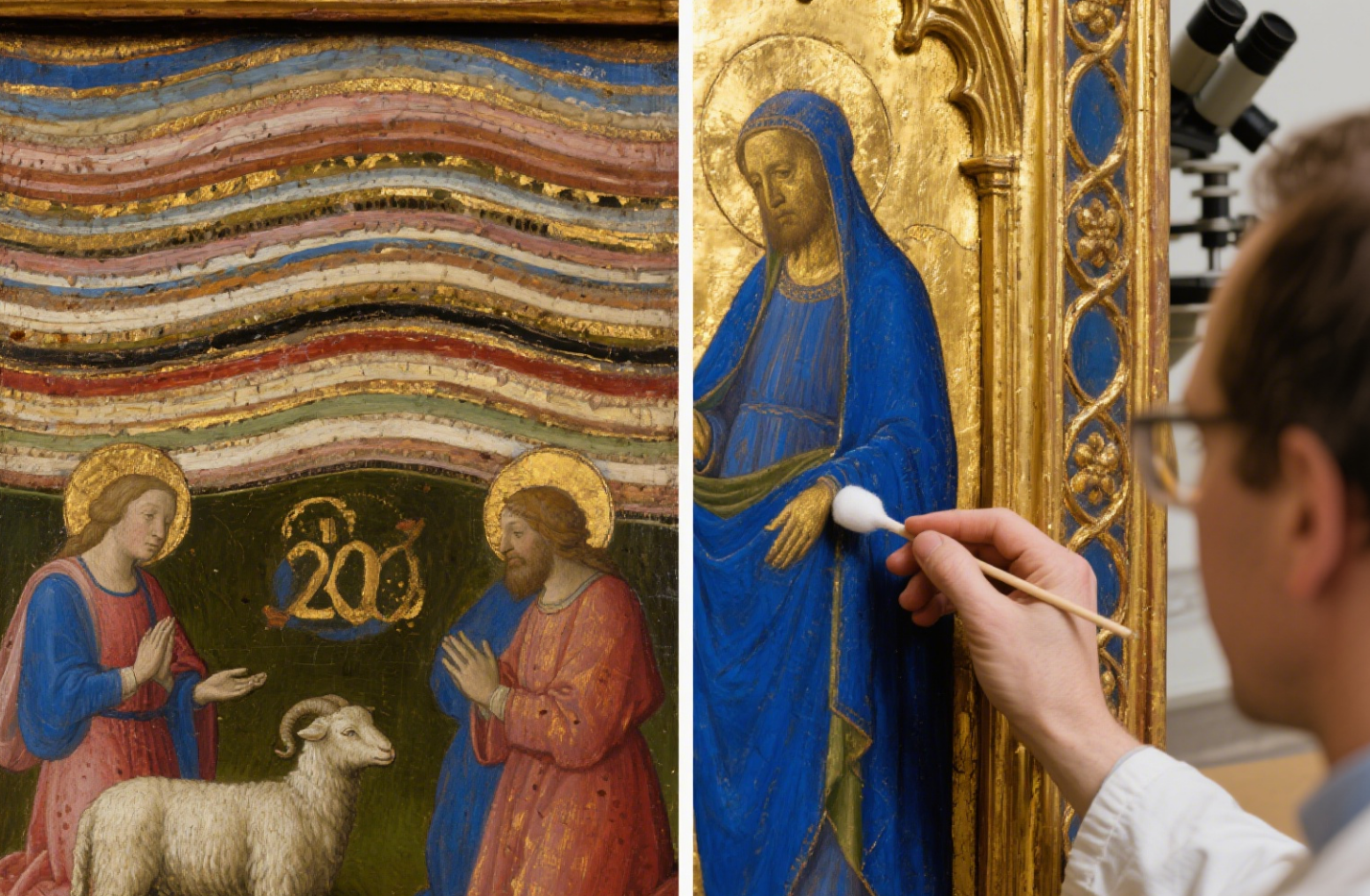
Oil painting isn’t just a Renaissance invention. Long before da Vinci or Rembrandt, Artists in Europe and the Middle East were experimenting with oil-based pigments, creating works that still exist today. These ancient paintings aren’t just old—they’re windows into how oil painting evolved, with techniques that shocked historians when rediscovered. At theArtPaint, we’ve tracked down the 10 oldest surviving oil paintings, each with a story that rewrites art history.
1. The Madonna with Child and Two Angels (c. 1290–1300)
Hailing from Belgium, this tiny panel painting (just 18x13cm) is one of the earliest confirmed oil paintings. Created by an unknown artist in the Meuse Valley, it uses thin layers of oil mixed with tempera—a transition from medieval egg-based paints.
What makes it special? The smooth, glowing skin of the Madonna, achieved by blending oil pigments to mimic flesh tones. It’s a far cry from the flat, symbolic art of its time. Today, it lives in the Royal Museums of Fine Arts of Belgium, Brussels, guarded in a climate-controlled case to protect its fragile layers.
2. The Wilton Diptych (c. 1395–1399)
This British masterpiece, a two-panel painting of King Richard II kneeling before the Virgin Mary, is a rare mix of oil and tempera. Painted by an anonymous artist, it uses oil to add depth to the angels’ robes and the rich gold backgrounds.
Art historians once thought oil painting arrived in England much later, but The Wilton Diptych proved them wrong. Its vibrant blues (made with lapis lazuli) and lifelike folds in the king’s cloak showcase early oil’s versatility. It now resides in London’s National Gallery, a star of their medieval collection.
3. The Entombment by Master of Saint Veronica (c. 1370–1380)
This Italian painting shocked experts when carbon dating revealed its age—it’s 50 years older than previously thought. The anonymous artist (named for his other works) used oil to create dramatic shadows in the scene of Christ’s burial, a technique once credited to 15th-century Flemish painters.
The secret? Microscopes show layers of oil glaze, building depth in the rocks and figures’ faces. It’s a bridge between medieval rigidity and Renaissance realism. You can see it in the Pinacoteca Nazionale di Siena, Italy, where restorers spent 10 years stabilizing its flaking paint.
4. Madonna of the Cat (c. 1340–1350)
This quirky painting from Catalonia, Spain, features the Virgin Mary with a tiny cat at her feet—unheard of in 严肃 medieval art. The unknown artist used oil to give the cat’s fur a soft, textured look, a detail rarely seen before.
Why oil? It dried slower than tempera, letting the artist blend colors to make the cat look 3D. For decades, it was misdated as a 15th-century work, but 2010 tests confirmed its 14th-century origins. It’s now in Barcelona’s Museu Nacional d’Art de Catalunya, drawing crowds for its unusual subject.
5. Portrait of a Man in a Red Turban (c. 1433)
Long attributed to Jan van Eyck (the “father of oil painting”), this self-portrait is a masterclass in early oil technique. Van Eyck layered thin glazes to create the man’s lifelike skin, from pink cheeks to stubbly jawline.
What’s groundbreaking? The signature “ALS IK KAN” (“As I Can”) and the way oil captures light in the turban’s folds. It’s one of the first paintings to use oil exclusively (no tempera mix), proving van Eyck’s role in perfecting the medium. It hangs in London’s National Gallery, a symbol of oil painting’s coming of age.
6. The Ghent Altarpiece: Adoration of the Mystic Lamb (c. 1432)
Van Eyck and his brother Hubert created this massive polyptych (12 panels) using oil to revolutionize religious art. The central panel, with its lush green meadow and glowing figures, uses 20+ layers of glaze to build depth—something impossible with tempera.
Stolen multiple times (most recently in WWII), it’s called “the world’s most stolen artwork.” Today, it’s back in Ghent Cathedral, Belgium, with a high-tech replica on display while the original undergoes restoration. Its oil techniques became the gold standard for Renaissance painters.
7. The Crucifixion by Andrea da Firenze (c. 1340–1345)
This Florentine painting blends Italian fresco traditions with early oil. Andrea used oil to add details—like the blood on Christ’s hands and the soft folds of Mary’s veil—that pop against the fresco background.
It’s a rare example of oil being used on top of fresco, a risky move (oil and water don’t mix). Yet it survived, showing artists were experimenting across mediums. You can see it in Florence’s Museo dell’Opera del Duomo, a hidden gem of pre-Renaissance oil.
8. Saint George and the Dragon by Bernat Martorell (c. 1434–1435)
This Spanish masterpiece uses oil to make the dragon’s scales glint and Saint George’s armor shine. Martorell, a Catalan artist, learned oil techniques from Flemish traders, proving oil painting spread via trade routes.
The dragon’s green (verdigris) and George’s red (cochineal) are so vivid because oil locks in pigments better than tempera. It’s now in the Philadelphia Museum of Art, a testament to cross-cultural art exchange in the 15th century.
9. Madonna and Child with Saints by Meister Bertram (c. 1379–1383)
This German panel painting is huge (over 3m tall) and uses oil to create rich, dark backgrounds that make the figures glow. Bertram layered oil and tempera, a “hybrid” technique that was common before pure oil took over.
What’s unique? The saints’ robes have tiny, oil-painted patterns—floral designs that look almost embroidered. It’s in Hamburg’s Kunsthalle, where conservators found traces of linseed oil in the paint layers, confirming its early oil use.
10. The Annunciation by Fra Angelico (c. 1430–1432)
Fra Angelico, a Dominican friar, used oil to soften the scene of the Angel Gabriel visiting Mary. The pale blues and pinks of their robes are blended with oil, creating a gentle, heavenly mood—radical for a time when religious art was often stark.
He mixed oil with egg tempera, a “halfway” step that made his work feel both spiritual and lifelike. It hangs in Florence’s Museo di San Marco, where visitors note how the oil glazes make the figures seem to float.
How These Paintings Survived (And How to Protect Old Art)
Ancient oil paintings owe their survival to luck and careful preservation. Here’s what experts do:
Climate control: Stable temperature (18–20°C) and humidity (50–55%) prevent cracking.
UV filters: Glass or film over frames blocks sunlight, which fades pigments like vermilion.
Minimal cleaning: Old paint is fragile—conservators use mild solvents, not water.
For collectors: If you own an old oil painting, get it appraised for hidden oil layers. Many “tempera” works from this era actually have oil additions!
Table: Key Details of the 10 Oldest Oil Paintings
| Painting Title | Date | Location | Key Oil Technique |
|---|---|---|---|
| Madonna with Child… | c. 1290–1300 | Brussels, Belgium | Oil-tempera mix, early glazing |
| The Wilton Diptych | c. 1395–1399 | London, UK | Oil for robes and gold details |
| The Entombment | c. 1370–1380 | Siena, Italy | Multiple oil glaze layers |
| Madonna of the Cat | c. 1340–1350 | Barcelona, Spain | Oil for textured fur |
| Portrait of a Man… | 1433 | London, UK | Pure oil, no tempera |
| Ghent Altarpiece | 1432 | Ghent, Belgium | 20+ glaze layers for depth |
These 10 paintings rewrite the story of oil art. They prove innovation didn’t start with the Renaissance—artists were pushing boundaries centuries earlier. At theArtPaint, we believe studying the old is the best way to understand the new.
Ready to see them in person? Check our guide to museums housing these ancient masterpieces, or learn how to spot early oil techniques in antique shops.
theArtPaint.com—where art history lives.

